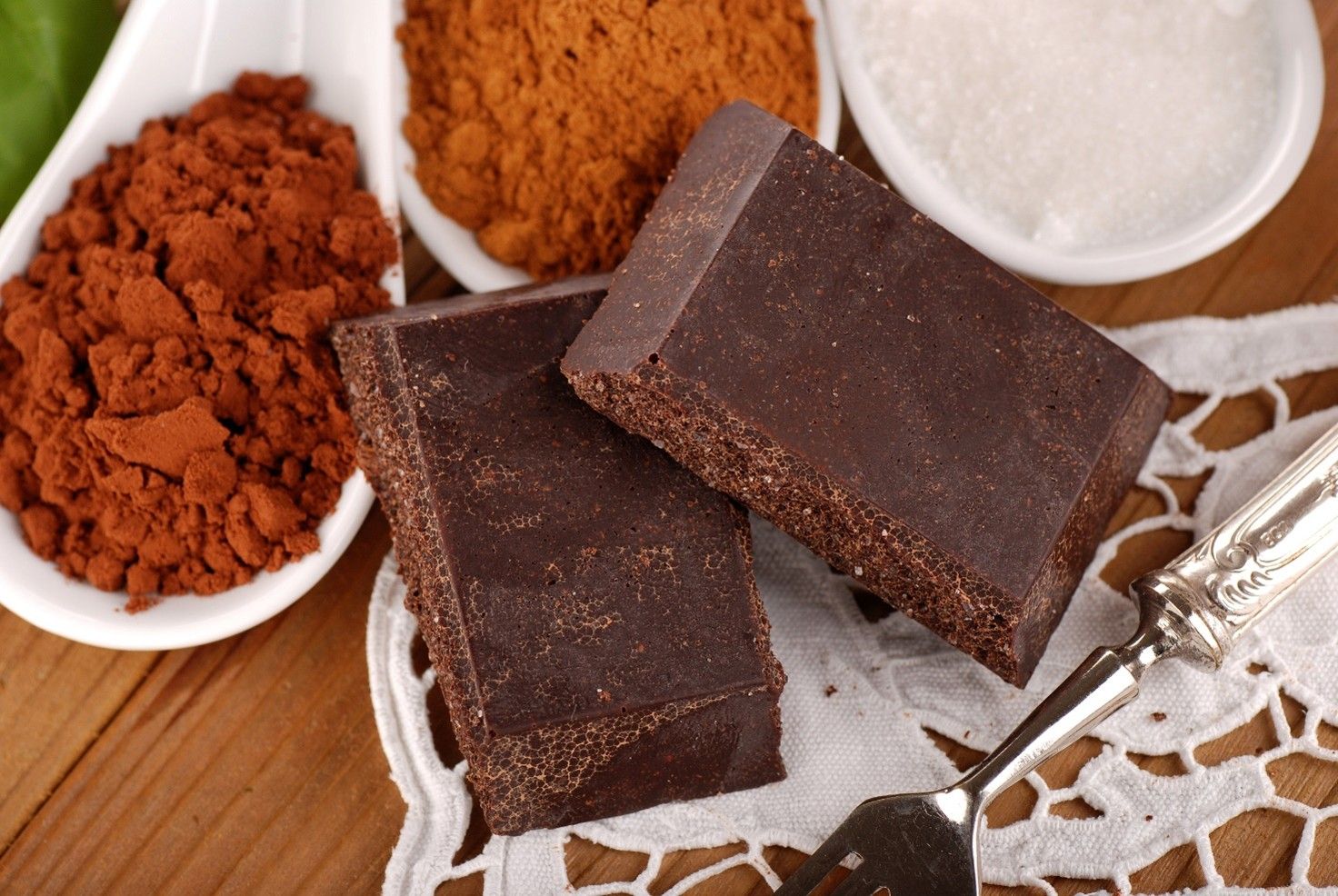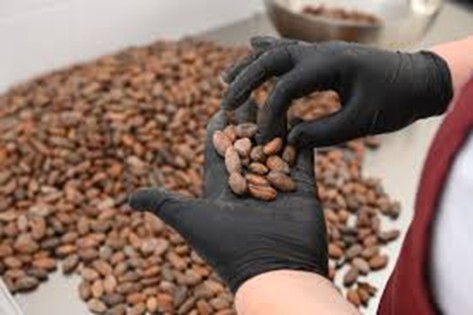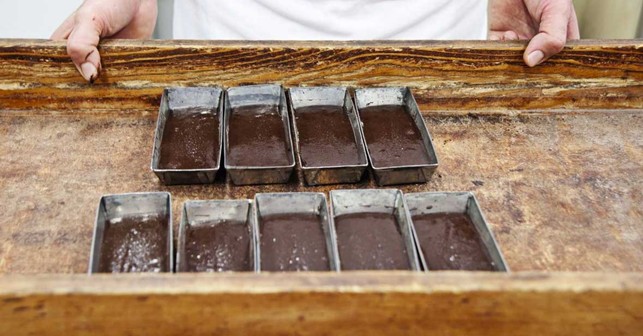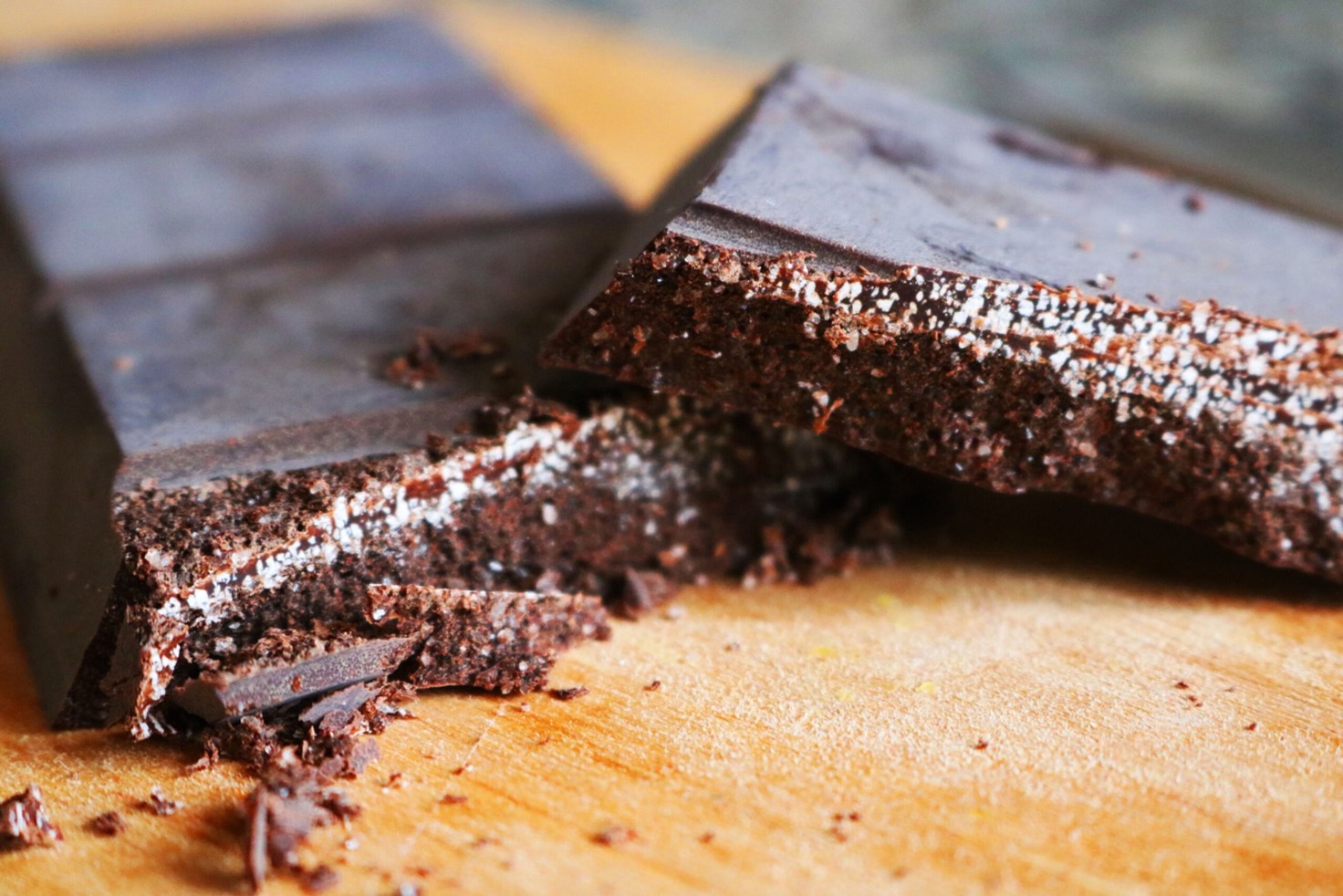My private Italy: Cioccolato di Modica, the Food of the Gods

I discovered Val di Noto thanks to the adventures of Commissario Montalbano, the most famous Police Commissioner in Italy, first on television and then in books (it should be the other way around, I know, and even stranger, I read the Commissioner’s first adventure in the most unlikely and farthest place from Sicily, a mountain hut in the Piedmont Alps), And when I visited it I found it exactly as it was on television: a riot of Baroque architecture, with that ochre-coloured stone typical of the area, and only that, which may seem exaggerated but left me speechless, thinking back to the artisans who sculpted every square centimetre of the most beautiful churches in the area.
But in addition to taking home a wonderful memory of those places and the hospitality of the local people, there is something that has never been missing in my house since then, something sweet and at the same time raw, so as to seem out of time, yet so new for those who are used to the standardised products coming from our factories: Cioccolato di Modica.
Modica is a town near Ragusa in Sicily, a jewel of the Baroque, and is home to Cioccolato di Modica, a unique product that combines Aztec tradition and Sicilian craftsmanship (Aztecs and Sicilians, what an unlikely combination, isn’t it?). Borrowing the method devised by one of the great pre-Columbian civilizations, in fact, this nectar of the gods is processed “cold“, thus obtaining a product with a characteristic rough and grainy appearance, crumbly and different in texture and flavor from traditional chocolate: an excellence of the highest quality, which in 2018 received the protection of the IGP (Protected Geographical Indication) mark.
The origins of Modica Chocolate are very ancient. It was the Spaniards, at the time of the Kingdom of the Two Sicilies and returning from the first explorations of the Americas, who imported this type of processing to the island in 1500. The chocolate recipe originated from the Aztecs and was later refined by Sicilian master chocolatiers during the 1700s.

What makes Modica Chocolate so special? Modica Chocolate differs from other chocolate varieties primarily in the ingredients used and the production method. Compared to other types of chocolate, its production follows a precise recipe, requiring only a few ingredients. The quality of the ingredients is essential to ensure a final product rich in flavour and aroma. Master chocolatiers pay special attention to the selection of cocoa beans, which must be of high quality; these are currently sourced mainly from South America and Africa. As to sugar, both white sugar and cane sugar can be used, although the latter is much loved by connoisseurs for its unmistakable taste and the size of the crystals, which remain almost intact during processing.
The “cold” craftsmanship significantly affects the taste and unique texture of Modica Chocolate. Cocoa beans are roasted and then ground to obtain the cocoa mass; in this phase, the organoleptic characteristics of cocoa are enhanced. Then, cocoa and sugar are heated at temperatures not exceeding 42°C (107°F); this allows the sugar crystals to remain intact, giving the product a grainy texture and a crunchy sensation on the palate. This will enable you to distinguish the flavours of cocoa and sugar when they melt in your mouth. The processing does not include the “conching” phase, i.e., the phase in which the roasted and ground cocoa beans are mixed with sugar, powdered milk, and other ingredients to make the dough fluid and homogeneous, which is an obligatory step for other types of chocolate.
Modica Chocolate does not contain cocoa butter, which makes it more “primordial” and similar to traditional Hispanic chocolates. In fact, cocoa butter is present only in the natural amount already contained in cocoa beans, whereas for other types of chocolate, it is added to the cocoa mass. No milk or fats of animal or vegetable origin are added; this contributes to a more crumbly and grainy texture, while also preserving the pure flavour of the cocoa. That’s why Modica Chocolate is different: most industrial chocolate bars on the market nullify the natural properties of chocolate because they are rich in sugars, contain added cocoa butter, dyes, preservatives, thickeners, oils, and flavourings, often with a negligible percentage of cocoa.
Often, Modica Chocolate is flavoured with spices such as cinnamon and vanilla, following historical traditions that date back to the period of Spanish domination in Sicily. But we can find numerous other variations: lemon, orange, vanilla, cinnamon, coffee, chilli pepper, as well as the typical Sicilian dried fruit, Bronte pistachio and almonds. These natural ingredients blend seamlessly with the taste of cocoa, creating unique and tasty combinations.

Some Modican chocolatiers prepare Modica chocolate by hand using a stone pastry board. This artisanal process is longer and more complex, but allows the ingredients to be mixed without distorting their properties. More modern processing methods, utilising machines, although respecting tradition, enable better control of all phases and yield a more stable product.
The percentage of cocoa used in the recipe determines the type of chocolate. Modica Chocolate contains a minimum of 50% cocoa; from 50% to 75%, it is “Dark Modica Chocolate”. Bars that contain between 75% and 85% cocoa are defined as “Extra Dark Modica Chocolate”, and those with a percentage between 85% and 95% “Extra Bitter Modica Chocolate“. Finally, we find pure Modica chocolate with a cocoa percentage of more than 95%.
Chocolate, as we know, improves a good mood. How many times have we experienced a feeling of well-being while chewing a chocolate bar, and I am no exception. There is even a scientific explanation that corroborates this phenomenon: chocolate stimulates the release by the brain of “endorphins“, substances that improve good mood. Therefore, the better the chocolate, the more endorphins we produce, and the better off we are. However, in addition to being exceptionally good, Modica Chocolate has other beneficial properties for our body, thanks to its high content of cocoa mass, which is rich in antioxidants (which slow down cell aging), flavonoids (which improve blood circulation and reduce blood pressure) and minerals (essential for the functioning of various organs and tissues, such as iron, magnesium and calcium).
Modica Chocolate is a unique product of its kind, which recalls the history and culture of Sicily. If you want to enjoy it at its best, break it with your hands and let it melt slowly in your mouth, to appreciate its texture and aroma. It will leave a sandy sensation due to the presence of whole grains of sugar and the raw craftsmanship of the chocolate. Accompany it with a good fortified wine or coffee, to create a contrast of flavours and temperatures. Try it in different variations, such as the chilli pepper for the most daring, or the cinnamon one for the sweet tooth.
Thanks to its non-excessive sweetness, Modica chocolate is used in a wide variety of recipes, including chocolate ravioli, meat dishes, and desserts. Its versatility also makes it suitable for modern preparations, such as biscuits, cakes and ice cream. You should know that in Sicily, biscuits are prepared with chocolate from Modica and… beef. They are called “mpanatigghi” and are surprisingly good.
As for me, I like Modica Chocolate strictly natural, after dinner, paired with a glass of Malvasia or Passito di Pantelleria – just to stay in Sicily even when I’m at home, 1,000 kilometres away. Try it too, I assure you it will be a fantastic experience. If you are in Italy, it will be even unforgettable!
Ciao da Marcello

